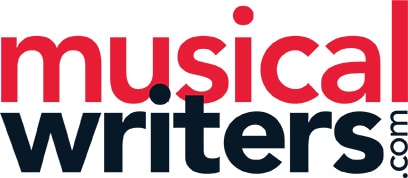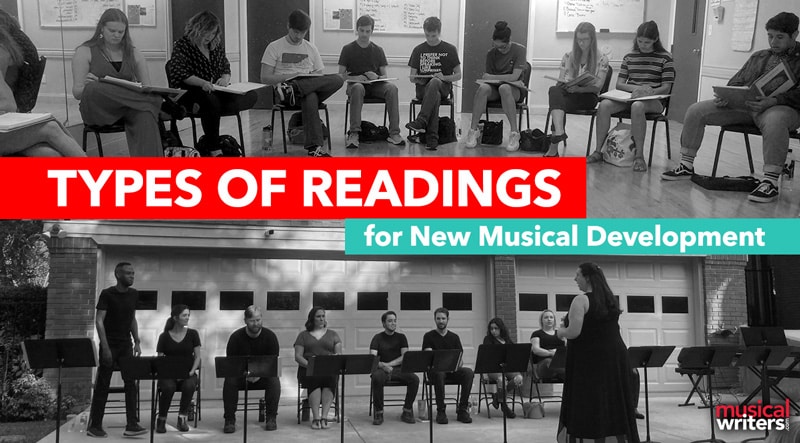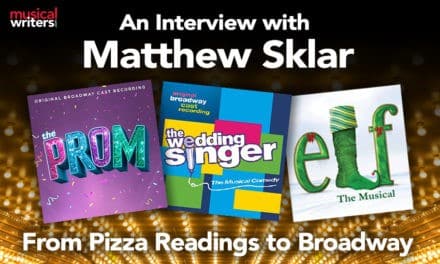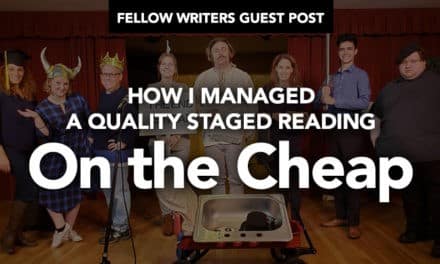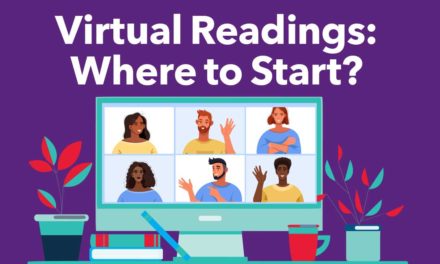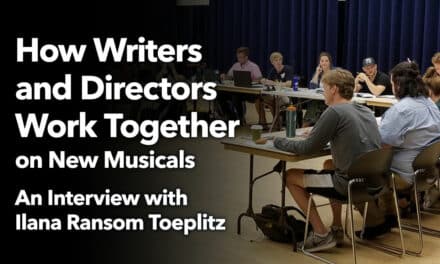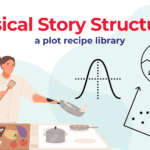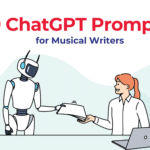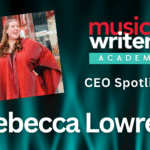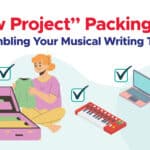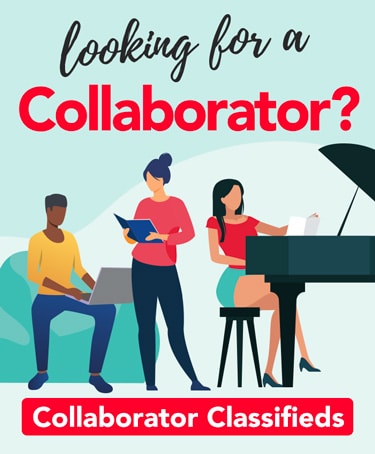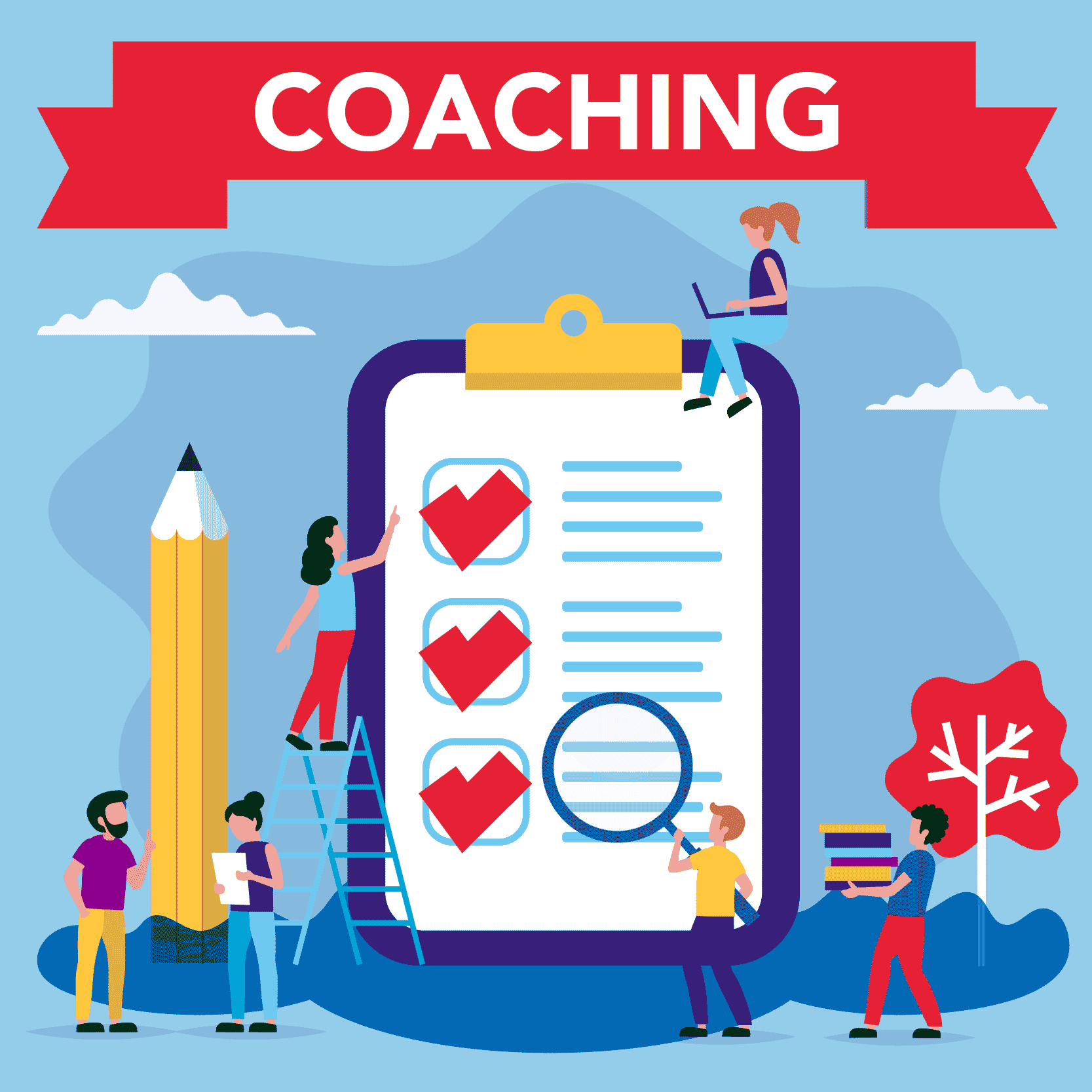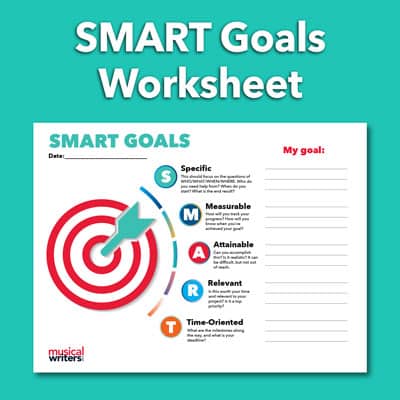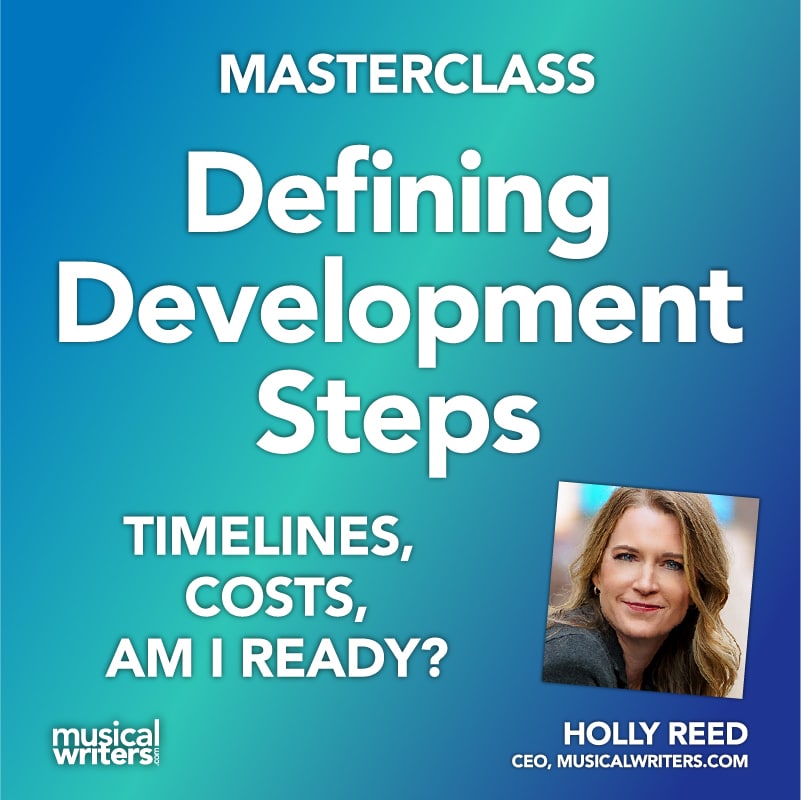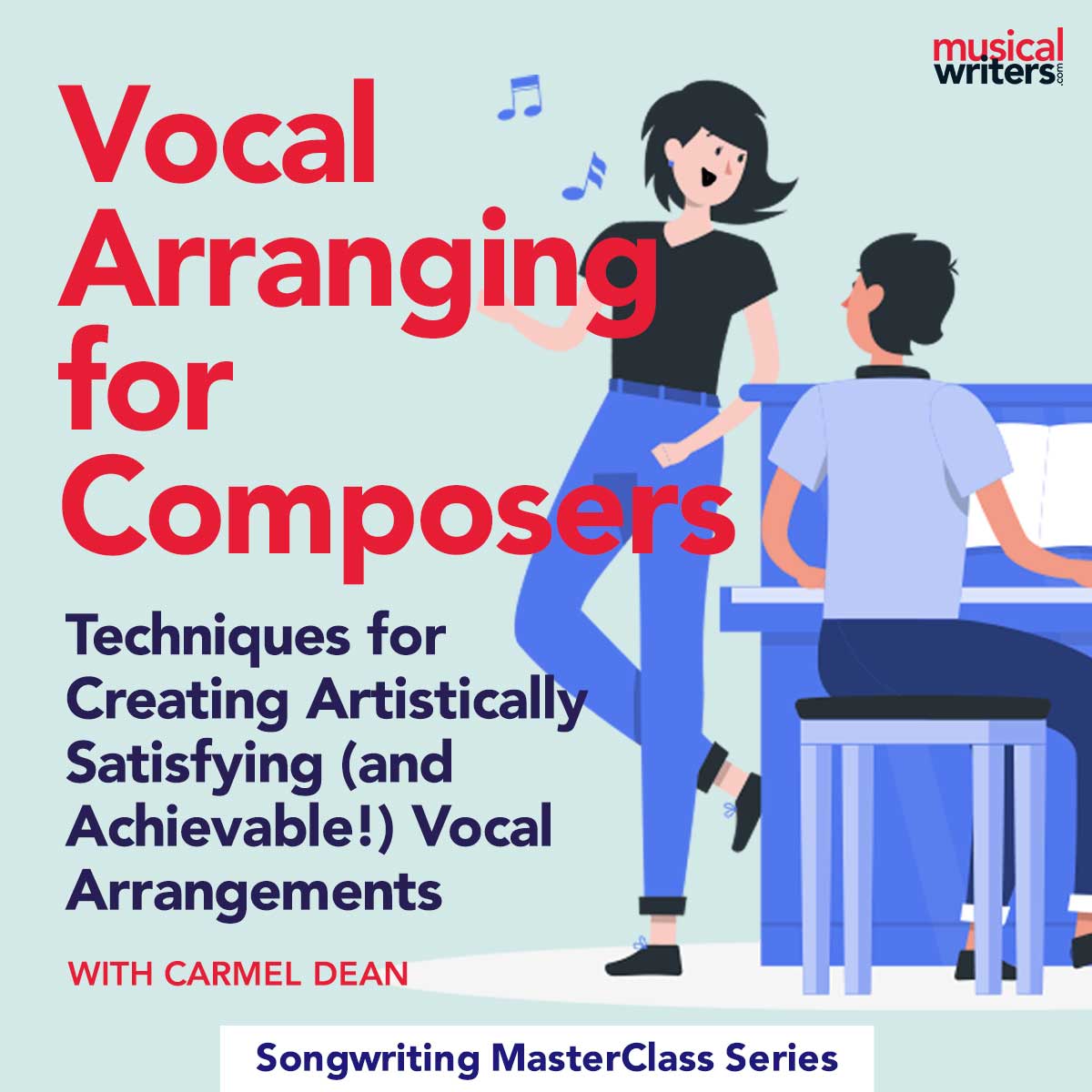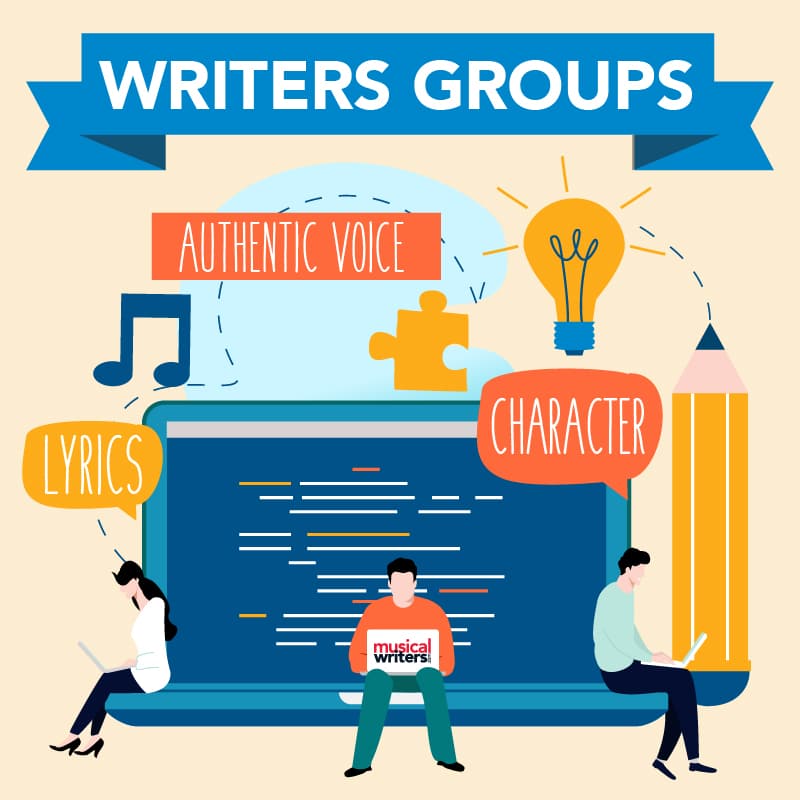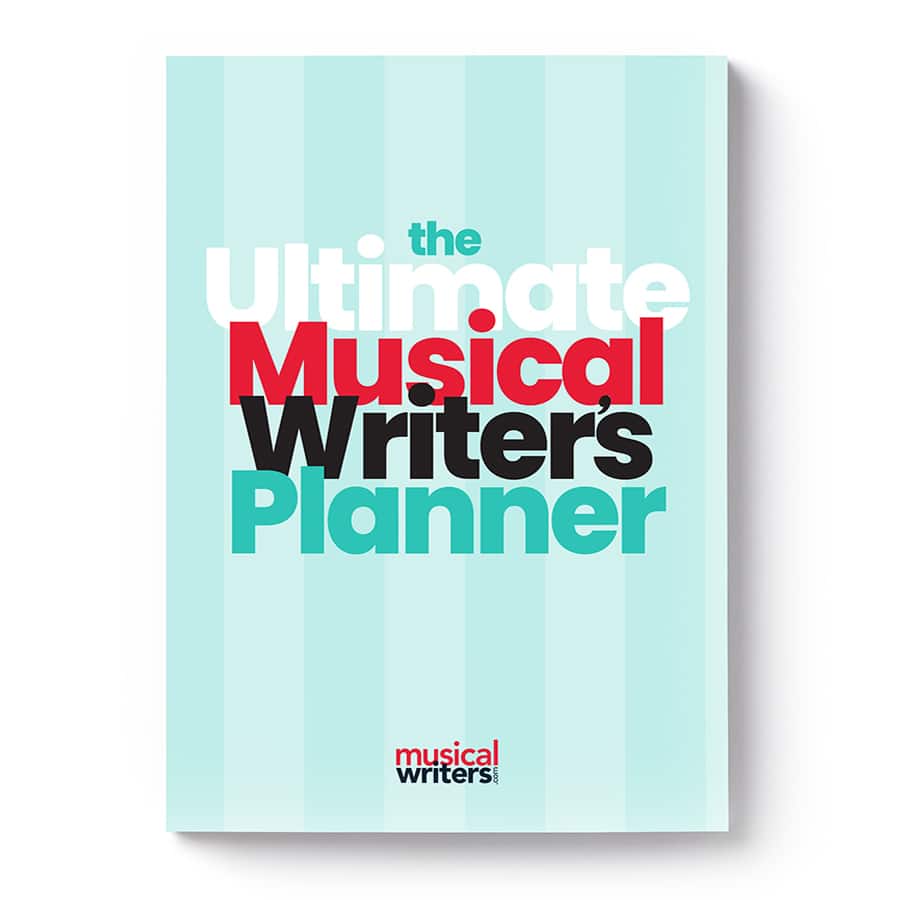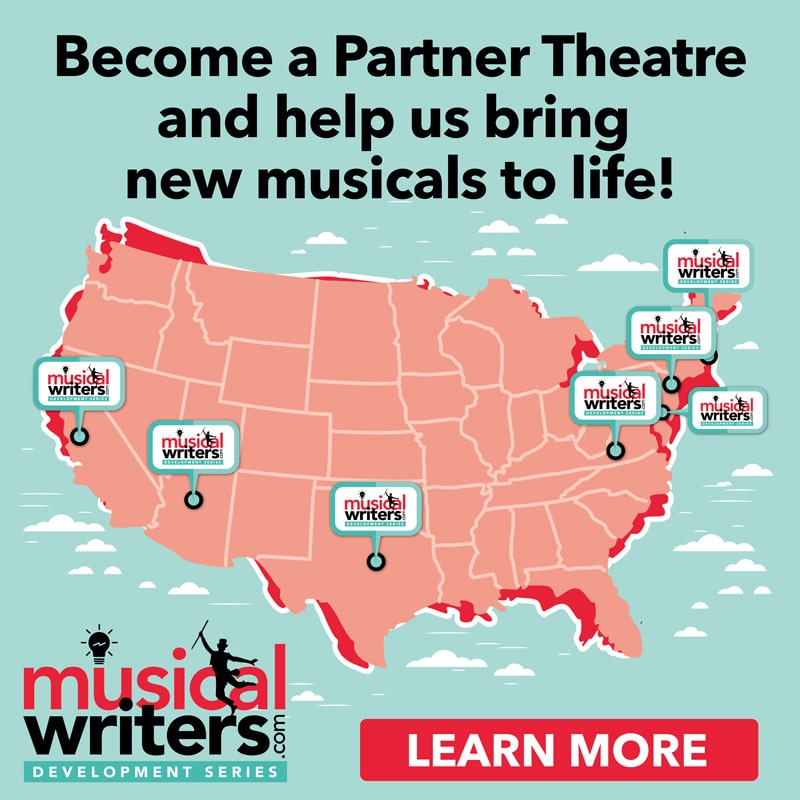Readings are a very important part of the development process for a musical. If getting your show from the page to the stage is a road trip, a reading is often the pit-stop where you check-in, fill up, and get directions. Readings can happen at any stage of development. Sometimes we have readings when we are just wanting to hear the script for the first time, and other times we have a reading before a production to make sure our script is the best we can make it.
There are several kinds of readings. I will describe each type and when you might want to participate in this kind of reading. I’d be lying if I were to say that the path from the page to the stage was linear. Sometimes we have to circle back or change course. Often times a reading reveals where we need to go next. However, knowing the different types of readings will give you some direction about where you are and what’s a little further down the road.
Table Read
A table read is quite literally when you sit around a table and read your script. This is the easiest one to put together but is often very important at any stage of your script. A table reading helps you get your script off the page and hear it read out loud. If you have just finished your script or a new draft of your script, this is where you need to start. Because this reading has the lowest budget and is the easiest to put together, I’d suggest doing this before any other step in your show’s development. It will help you get kinks out before rehearsals.
Find a few friends and cast them as characters. If you want to make it fun, offer dinner and make the dinner themed to your show! A table reading does not require your friends/actors to learn the music, so you can just read the lyrics or play demos if you have them. If you are a little further along in the process, you might bring in actual actors to read instead of just your friends. The setup is the same, but you’ve raised the stakes a little.
Prepare some questions to ask after the reading, and be prepared to take notes. Stay away from too many subjective questions, especially with your friends. It’s hard to hear feedback, but it’s what is needed to help your show grow. Be a script doctor, and try to find and diagnose every problem.
I’ve done table readings in the backyard with some pizza, and I’ve done a table reading over Zoom. I’ve had a table reading held by Rebecca Lowrey, our Academy Reading Series Director, and I’ve organized it myself. It all depends on the goal.
A Basic Reading
The next step up for a reading is to invite an audience. Just like before, you will be able to hear your script read aloud, but now you will get audience feedback. The actors will also learn the songs and get more invested in their characters. The table read will produce a cold read, which gives you a hot take of where your script is. The actors in this next level of reading will be able to give you deeper feedback about their characters, as they will have spent more time with them. This is a time to check your score and make sure you’ve gotten all the kinks out of the part-writing. It’s also a great opportunity to try out the timing and pacing of your work. See where your jokes land and where they do not.
It is easy enough to self-produce a basic reading. You could reach out to a local theatre and see if they’d let you use their space on a dark night. All you need are music stands and a piano. You can hire a director if you’d like, but definitely “hire” your actors this time around. They are worth paying for their time! Then invite your friends and family to come see it!
After the reading, you can have a talkback where the audience asks questions. Their questions can reveal where plot holes might be or indicate problems with pacing and structure.
I’ve had a reading in a classroom at a university where I had one student sing all the male parts, and I sang all the female parts. The actors sat at a table and cold read their parts, and I had them stand when their parts were supposed to be sung. I invited a small audience. I’ve also done a reading at a theatre that opens up their space on Monday nights to local playwrights. I invited a large audience, and the actors learned the music and their lines. Each situation had a different goal in mind.
A Staged Reading
A staged reading is all the things a reading is, but now we are adding a little bit of movement. This is where you have the actors move around a little bit, and sing to one another. The actors might dress up in a little bit of costume. The main point is the actors aren’t necessarily stuck behind their stands. A staged reading allows the director to play around a bit, and it helps for you to see some of the visual actions. As much as a staged reading might help the writer be able to visualize their play, I also think the staged reading is really helpful for the audience, especially an audience that is not familiar or used to watching a reading. A staged reading gives the audience a hint of what the show is, but lets their imagination fill in the blanks.
Once you get to this stage, I’d highly suggest that you hire a director. This allows you to take the backseat and get out of the way, so you can truly see where your script is. When you are self-producing and self-directing, it’s easy to be blinded.
Staged reading opportunities like our Academy Reading Series can provide essential feedback. Not only do you want the validation that comes from someone else wanting to produce your work, but you want to be able to step out of your project for long enough to see what the product will be if someone is just trying to recreate it from your instructions.
A 29-hour Reading
A 29-hour reading is a professional reading using equity actors and, by the rules of the equity contract, restricts the actors to a limit of 29 hours from first rehearsal to final performance. A 29-hour reading typically is held in NYC. I wouldn’t do one of these until you have people advising you to, as you don’t want to do it before you are ready. It can be very expensive, so the timing is important.
Also read “A 29 Hour Reading – How We Got There”
Concert Reading
A concert reading allows you to showcase all the music in a concert fashion. You may include brief dialogue leading up to a song so the audience can have context, but the main point is to showcase your songs. This is often seen in places like 54Below in New York City. It is less of a development step and more of a marketing opportunity. It’s a great chance to get your show and brand out there, but again, don’t do it before you’re ready. You can do this in your hometown for your friends and family to raise money for your show. If you have the actors’ permission, you could also film the event and use these videos to promote your show. Your songs are your best marketing!
Want a planning guide for a staged or concert reading? Check out the Ultimate Musical Writer’s Planner for checklists and tips!
Workshop
After the reading, the next developmental step is a workshop. This is where the actors are off-book and the director will begin to choreograph and block the show. Workshops can be just a little more than a staged reading, or they can be a full-blown production. It’s called a workshop, because you are still developing your show. The week of a workshop you may very well be writing new songs and new scenes.
I hope having each of these steps laid out helps you see the many stages your show can go through. My musical currently has had 4 table readings, 1 basic reading, 3 staged readings, and 1 workshop production. It’s a process!
Not sure what your next step is? Grab a coaching call and one of our MusicalWriters pros will help guide the way!
